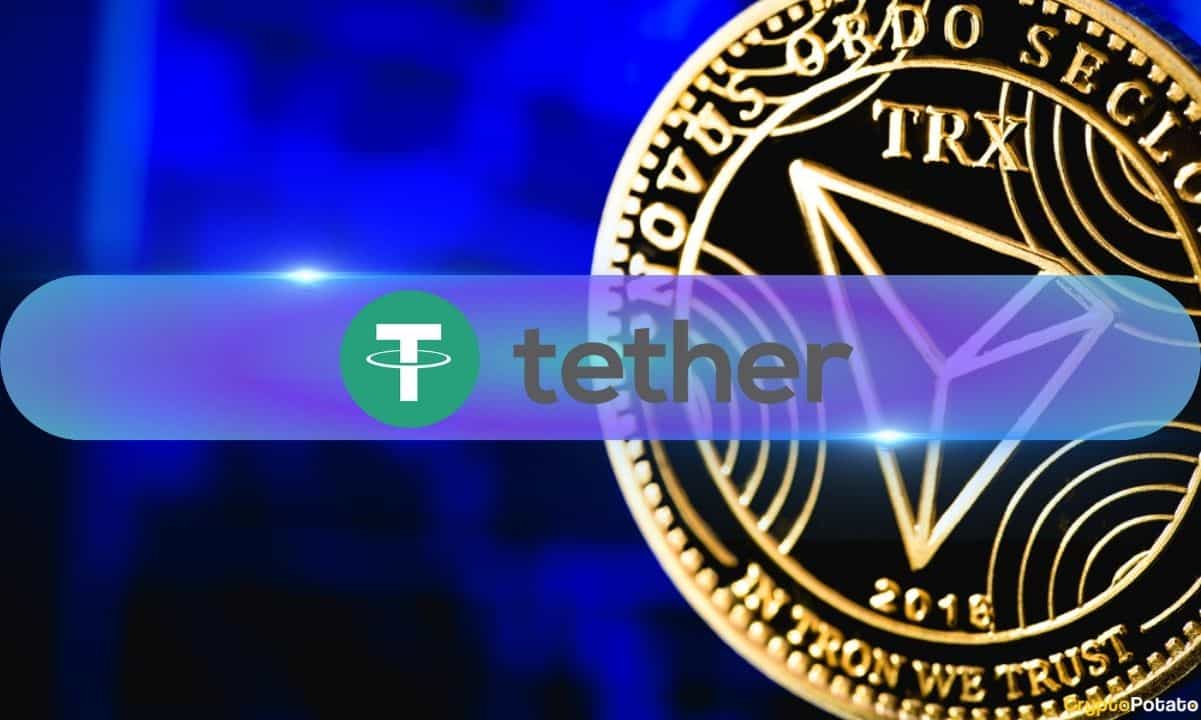Bitcoin’s Price Swings Dictate USDT’s Dance Between Tron and Ethereum – Here’s Why It Matters

Crypto's favorite stablecoin isn't playing favorites—it's playing markets. Tether (USDT) keeps shifting its weight between Ethereum and Tron like a trader chasing yields, and Bitcoin's price action holds the leash.
The Blockchain Shuffle
When BTC pumps, watch the chains. Billions in USDT liquidity sloshes between networks faster than a hedge fund dumping bags. Tron's cheap fees hoard stablecoins during calm, but Ethereum's DeFi ecosystem gulps them down when volatility spikes.
Whale Watching 2.0
Forget tracking single wallets—the real smart money watches cross-chain flows. These migrations telegraph institutional moves before they hit order books. (And yes, some 'institutions' are just degens with VC business cards.)
The takeaway? Stablecoins aren't stable—they're the oil in crypto's speculative engine. And where USDT flows, the next big move usually follows—right after the usual round of liquidations, of course.
USDT Rivalry
In its latest post, CryptoQuant revealed that Tron’s USDT supply was just a fraction of Ethereum’s, with a ratio of 0.3 in 2019. However, by 2022-2023, the ratio climbed above 1.0, as a result of Tron’s rise due to lower transaction fees. Interestingly, TRON first surpassed Ethereum’s USDT supply in 2021, which coincided with Bitcoin’s $64,000 peak.
In the current cycle, the ratio has declined as Bitcoin crossed $100,000. CryptoQuant explained that this indicates investors lean towards Ethereum for its security during bull markets despite higher fees.
Data also shows that while Ethereum initially led USDT supply growth, Tron’s supply surged to $60 billion and exceeded $80 billion in 2025, demonstrating massive adoption. These supply peaks align with Bitcoin highs, which means that USDT expansion often mirrors broader market optimism.
Ethereum remains a stable anchor during periods of volatility and benefits from its established DeFi infrastructure. The USDT supply delta further revealed a notable change. Until 2021, the delta was negative and favored Ethereum.
However, it flipped positive in 2022-2023, signaling Tron’s leadership with an edge of $3-8 billion. In 2025, the delta briefly turned negative, indicating Ethereum’s resurgence, but has since swung back, with tron now holding $3.9 billion more USDT than Ethereum.
USDT Transfers
Tron’s growing dominance extends to USDT transactions as well. On June 29, the network handled $6.94 million in USDT transfers, which is more than five times Ethereum’s $1.31 million on the same day. This surge was indicative of its appeal in emerging markets facing hyperinflation and currency instability, where TRC-20 USDT functions as a practical alternative banking system accessible via mobile devices in countries like Venezuela, Turkey, Nigeria, and Argentina.
In addition, major crypto exchanges now default to TRC-20 for USDT deposits and withdrawals.
Beyond transactional dominance, Tron is reportedly exploring a public listing through a reverse merger with SRM Entertainment, although rumors of Eric Trump’s involvement have been denied. Tron’s momentum in handling daily USDT flows underscores its expanding role in the stablecoin ecosystem, reflecting practical utility in global transactions as stablecoins continue to mirror broader crypto market cycles.

